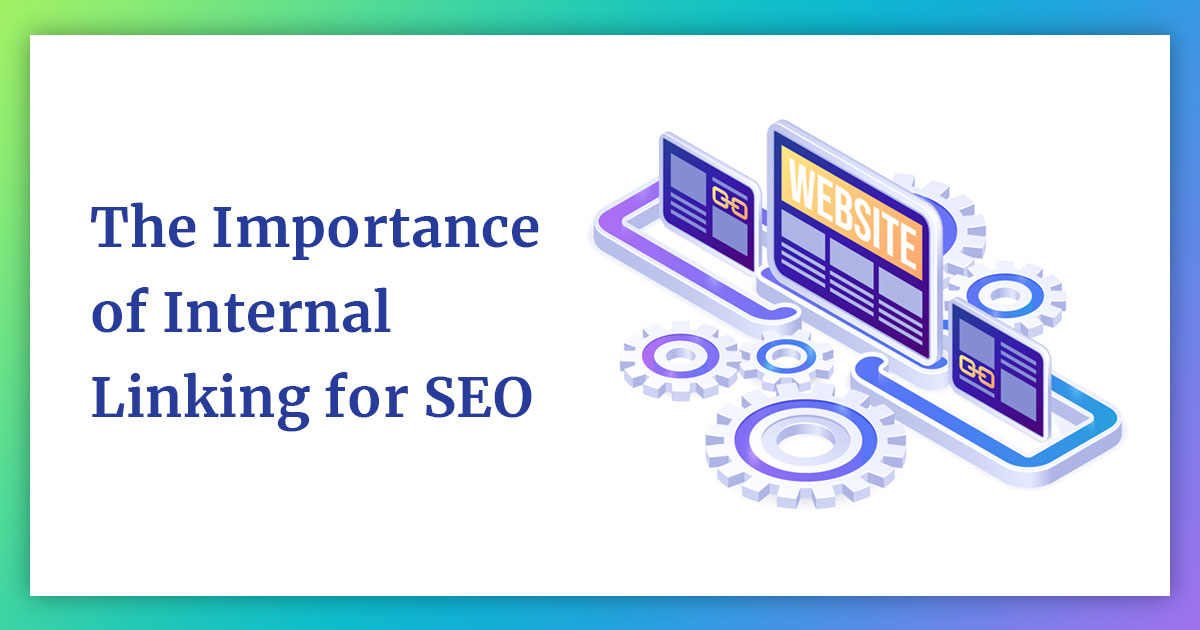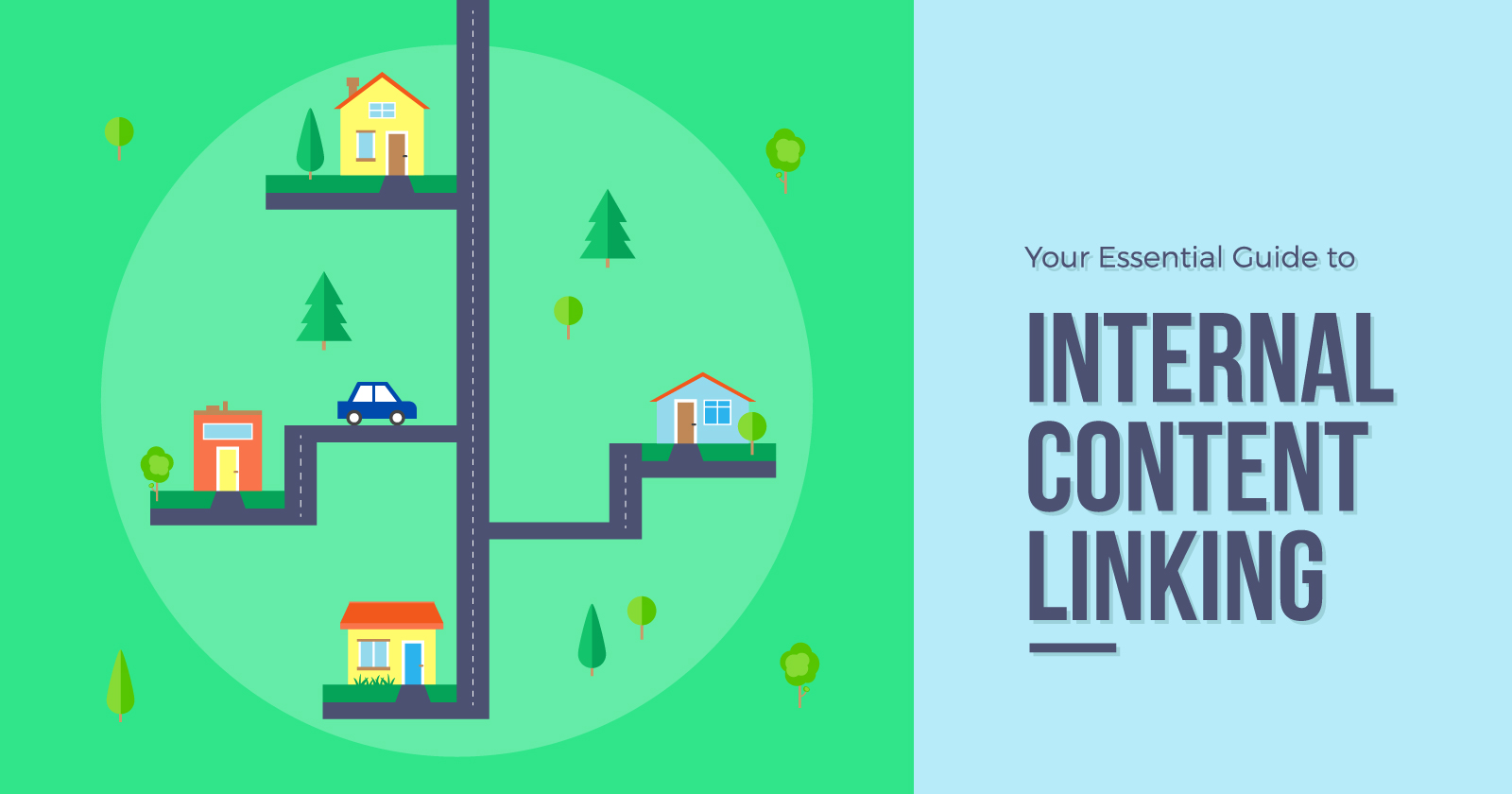

What is SEO Internal Linking?
SEO (Search Engine Optimization) Internal Linking is the practice of linking pages within a website using hyperlinks. These links are used to establish relationships between pages, help visitors navigate the site, and provide search engines with a better understanding of the site's structure and content. Internal links are those that connect different pages within the same domain or website.

Internal linking is a crucial component of on-page SEO, and it can have a significant impact on a website's ranking on search engine results pages (SERPs). By linking to other relevant pages within your website, you are effectively telling search engines that your website is well-structured and that each page is relevant to the topic or subject of the website.
Importance of Internal Linking in SEO
Internal linking plays a vital role in improving a website's SEO ranking. Here are some of the key reasons why internal linking is important in SEO:

Helps with website navigation: By linking to other relevant pages on your website, you are providing your visitors with a better user experience. Visitors can easily find relevant information, and they are more likely to stay on your site for longer periods.
Improves website structure: Internal linking helps establish a clear structure for your website. This structure makes it easier for search engines to crawl and index your site's content, which can improve your rankings.
Distributes link equity: Link equity is the value that search engines assign to a web page based on the quality and relevance of its content. Internal linking can help distribute this equity among different pages on your site, improving their ranking potential.
Increases page views: Internal linking encourages visitors to explore more pages on your site, which can increase page views and time spent on your site.
Increases keyword relevance: By linking pages together based on relevant keywords, you are signaling to search engines that your website is an authoritative source on a particular topic or subject.
How Does It Work?
Internal linking is a simple process that involves linking one page on your website to another using hyperlinks. Here are some tips to help you create effective internal links:

Use descriptive anchor text: The text that you use to create a hyperlink is called the anchor text. Make sure that the anchor text you use is descriptive and accurately reflects the content of the page being linked to.
Link to relevant pages: The pages that you link to should be relevant to the content of the page being linked from. This helps establish a clear structure for your website and makes it easier for visitors to find the information they are looking for.
Avoid over-linking: While internal linking is important, you should avoid over-linking. Too many internal links can make your content difficult to read and can be seen as spammy by search engines.
Use a variety of linking methods: There are several ways to create internal links, including in-text links, navigation menus, and related posts sections. Using a variety of linking methods can help distribute link equity throughout your site and improve the user experience.
Monitor and update internal links regularly: It's important to monitor your internal links regularly to ensure that they are still relevant and functioning correctly. Broken links can negatively impact user experience and SEO ranking.
Conclusion
SEO Internal Linking is an essential aspect of on-page SEO that can have a significant impact on a website's ranking on search engine results pages. By linking pages together using relevant anchor text and distributing link equity throughout your site, you can improve your website's structure, increase page views, and improve keyword relevance. However, it's important to avoid over-linking and regularly monitor and update your internal links to ensure that they are still relevant and functioning correctly. By following these best practices, you can create a well-structured website that is optimized for search engines and provides a positive user experience for your visitors. Additionally, internal linking can also help with content marketing efforts by increasing the visibility and discoverability of your content.
In conclusion, SEO internal linking is an essential strategy that every website owner should implement to improve their website's structure, user experience, and search engine rankings. By creating relevant internal links and distributing link equity throughout your site, you can establish your website as an authoritative source of information on your chosen topic or subject. Remember to use descriptive anchor text, link to relevant pages, avoid over-linking, use a variety of linking methods, and monitor and update your internal links regularly to achieve the best results.